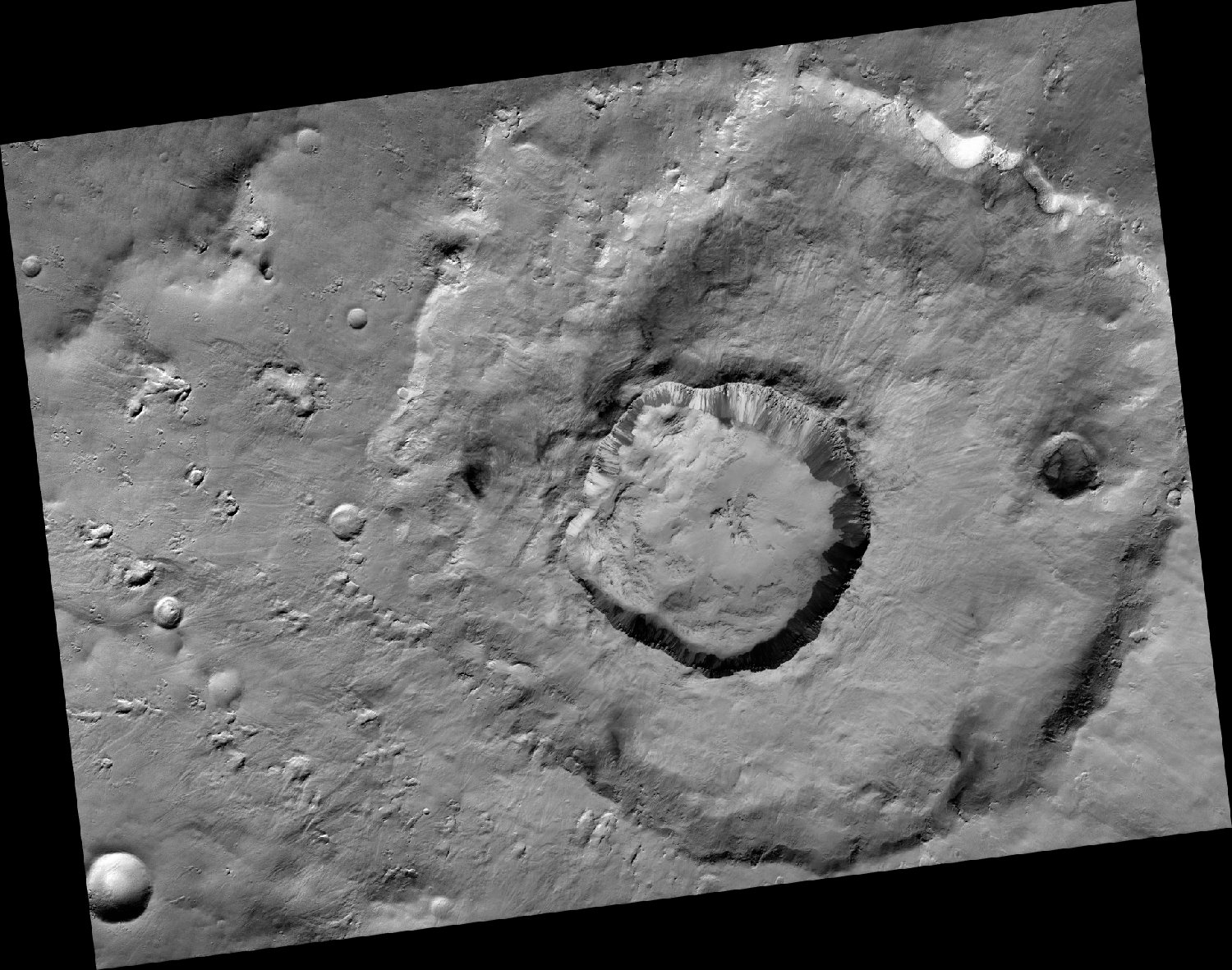Supercomputer pinpoints a meteorite’s origin

A fine example of their capabilities comes from recent research on the origin of a unique meteorite found in Western Sahara in 2011. Nicknamed ‘Black Beauty’, the meteorite is one of 300 or so meteorites known to have originated on the planet Mars, because the chemistry of gases trapped within them match the planet’s atmospheric composition.
Black Beauty is the only known example of a Martian regolith breccia meteorite, meaning that it contains many different rock types, rather than just one. It found its way to Earth following its ejection from Mars by the impact of another object – a meteorite or small asteroid. The impact would have left a crater on the Martian surface, and to undertake the seemingly impossible task of identifying the crater, scientists at Curtin University turned to the facilities of the Pawsey Supercomputing Research Centre in Perth.
Using whole-planet data collected from four spacecraft orbiting Mars, the researchers combined topographic, magnetic, crustal thickness and chemical abundance data with a machine-learning map of some 90 million craters. They identified just one that matched the composition of Black Beauty, a small crater now named Karratha after its namesake in the Pilbara, where some of Earth’s oldest rocks are found. That’s in recognition of rock fragments in Black Beauty that are 4.48 billion years old – only 100 million years younger than the planets themselves.

Knowing Black Beauty’s origin is valuable because future Mars missions could target this area to explore the solar system’s oldest rocks, an opportunity denied us on Earth because of plate tectonics and erosion.
Meanwhile, the Pawsey Supercomputing Research Centre continues to develop with the delivery of a new machine known as Setonix (the scientific name for a quokka), whose comparatively modest energy consumption will mark it as the fourth-greenest supercomputer in the world. This is a vital step in Australia’s bid to minimise the carbon footprint of its astronomers and space scientists.





